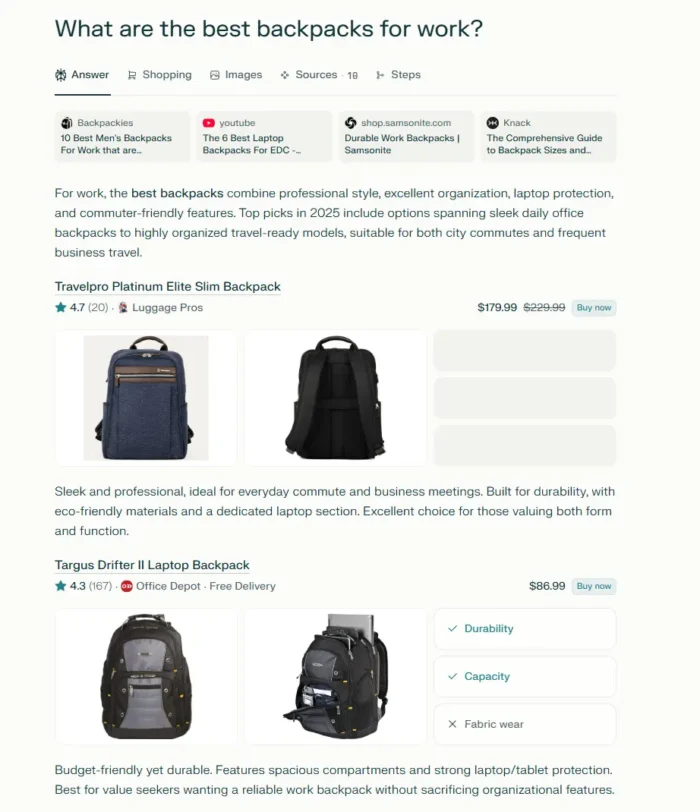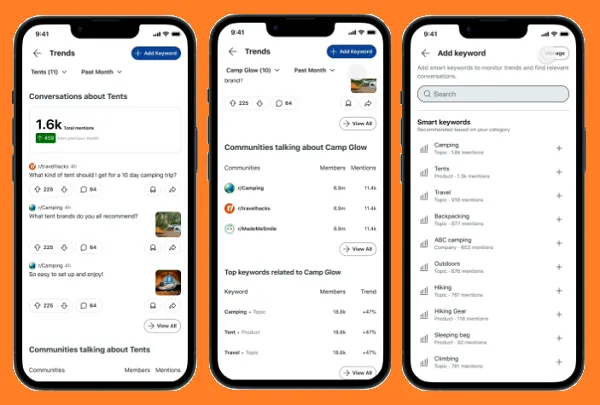Young consumers poised to make their Memorial Day spending mark
Brands should focus on shoppers with families—and give them what they’re already looking for.

Summer starts this weekend. Sure, the technical first day isn’t until June 21, but Memorial Day marks our cultural start of the season, as Americans gather around grills, seek out beaches and pools—and more than anything, dive into the weekend’s inevitable panoply of sales.
Don’t miss the latest news. Sign up for Ad Age newsletters here.
That’s important for businesses looking to kick off the summer shopping season with a bang. Memorial Day deals are traditionally associated with mattresses, but Americans have broadened their consumption horizons, judging by what they’re searching for on Google: clothing, hunting gear and tools.
Nearly half of Americans (47%) intend to shop during one of the Memorial Day sales this weekend, according to new Harris Poll data. That’s more than plan to host (25%) or attend (36%) a Memorial Day celebration or travel (30%), but, crucially for businesses, our data shows that those who engage with the holiday are more interested in its sales.
Our data highlights three trends of which businesses should be aware as they put the final touches on their long weekend plans.
The ad paradox
Memorial Day sales ads aren’t heavily penetrating, but when they do land, they get traction. Only one-third (33%) of respondents reported seeing anything about Memorial Day sales in things such as ads, newsletters or in-store displays—but among those who do recall seeing such messaging, nearly three-quarters (74%) plan to shop. While only a bit over 4 in 10 consumers say that they buy products over Memorial Day weekend which they typically wouldn’t, this splurge-group increases to more than 2 in 3 (70%) among those who have encountered advertising.
Furthermore, those who recall seeing the messages disproportionately see these sales as offering bigger discounts on a wider variety of products (roughly two-thirds for each) than other such tentpole events. And they more often express an interest in buying big-ticket items such as outdoor furniture (16 percentage points more often report being interested in purchasing than those who don’t recall any ads), household electronics such as televisions (+15 percentage points), indoor furniture (+7 percentage points) and major appliances (+6 percentage points).
What’s going on? It seems that Americans reward promotions that respect the seasonality of the holiday: Outdoor purchases such as patio furniture and lawn care are of more interest than indoor purchases of furniture and appliances. In this inflationary environment, consumers may have less spending power than they might have in the past. Value-shopping is more top of mind than in the past, so shoppers may be more sensitive to getting good deals on big-ticket items.
Shoppers are younger and—have kids
Younger cohorts are driving Memorial Day celebrations and they’re likely to prove to be the weekend’s commercial engine as well. More Americans under 45 plan to host or attend Memorial Day gatherings (14 percentage points higher than overall for each), plan to travel over the weekend (also +14)—and plan to shop (+13).
Parents with children under 18 at home are especially ready for the holiday weekend: 45% plan to host a Memorial Day celebration (as compared to 25% of Americans overall), 54% plan to attend such a gathering (versus 36% overall), 52% plan to travel (versus 30%)—and nearly 7 in 10 (versus 69%) plan to shop (versus 47%). They’re big-game shoppers. Among those who plan to shop during the upcoming holiday sales events, parents with children under 18 more often plan to shop for household electronics (36% versus 24% of all prospective shoppers), personal electronics (24%-18%) and indoor furniture (24%-18%).
So, for advertisers, the first two trends work in conjunction: Focus on younger shoppers, and especially those with families. Give them what they’re already looking for.
Understand the damper of inflation
As has been the case for so much of the 2020s, worry remains an important force shaping how consumers plan to spend their time and money. And as we emerge from the pandemic, concerns about COVID-19 have evolved into newer, potentially more impactful, concerns about affordability—especially among those who plan to celebrate the holiday.
While only 43% of Americans say that the COVID-19 situation is affecting their Memorial Day plans, that figure rises to 50% among people who plan to shop. Gas prices are having a bigger effect this year than COVID, with 60% of Americans saying that the cost is affecting their plans, but that figure too increases among shoppers, reaching 71%.
Worry about COVID and fuel costs may prompt people to stay closer to home—but that’s not enough to stop the party as a majority who celebrated last year plan to do so again this year. However, businesses should acknowledge these concerns and meet these customers where their risk-tolerance and budgets allow.
These trends identify the groups ready to make this Memorial Day memorable. Now it’s up to stores to close the deal deal.

 Fransebas
Fransebas 






























